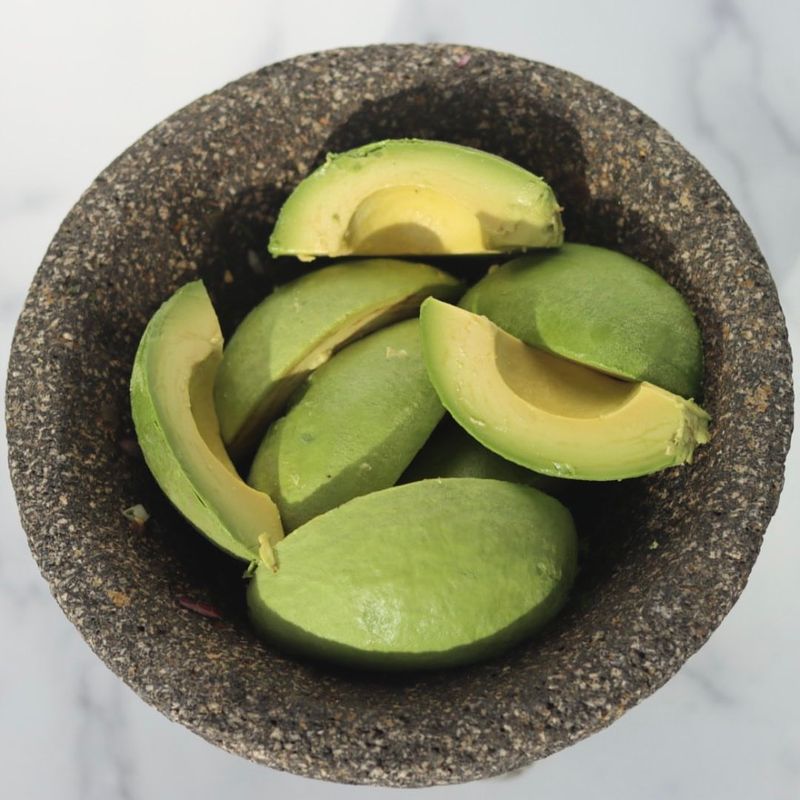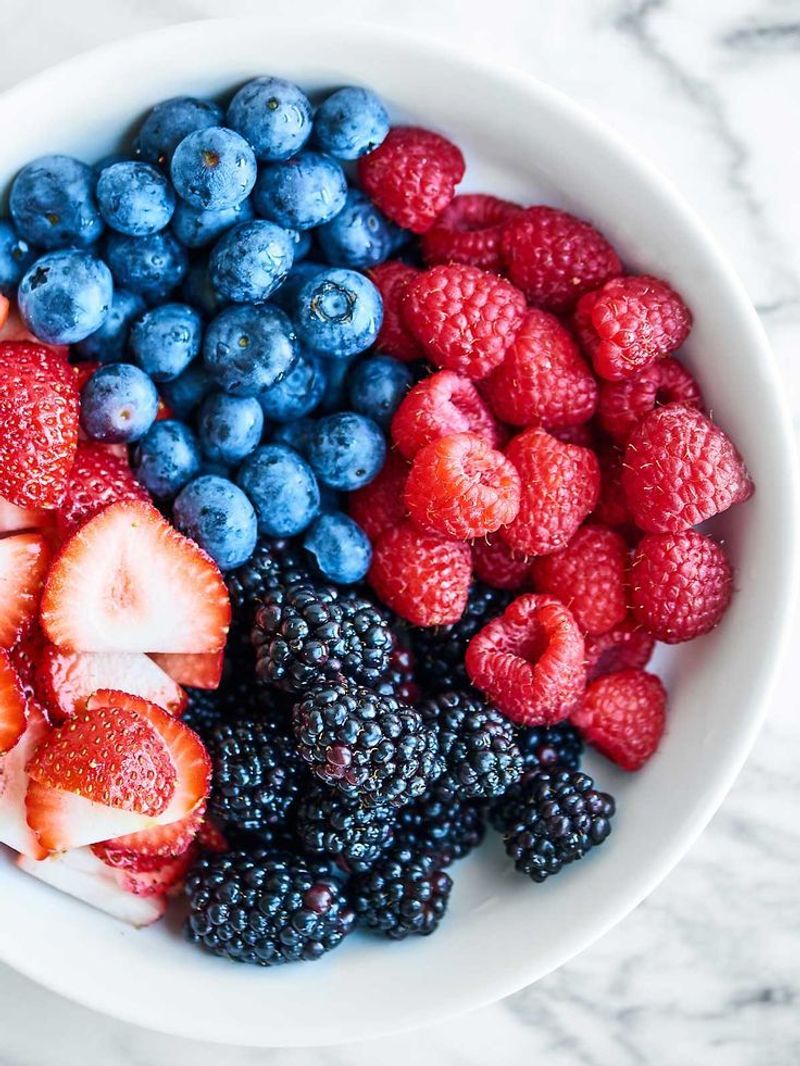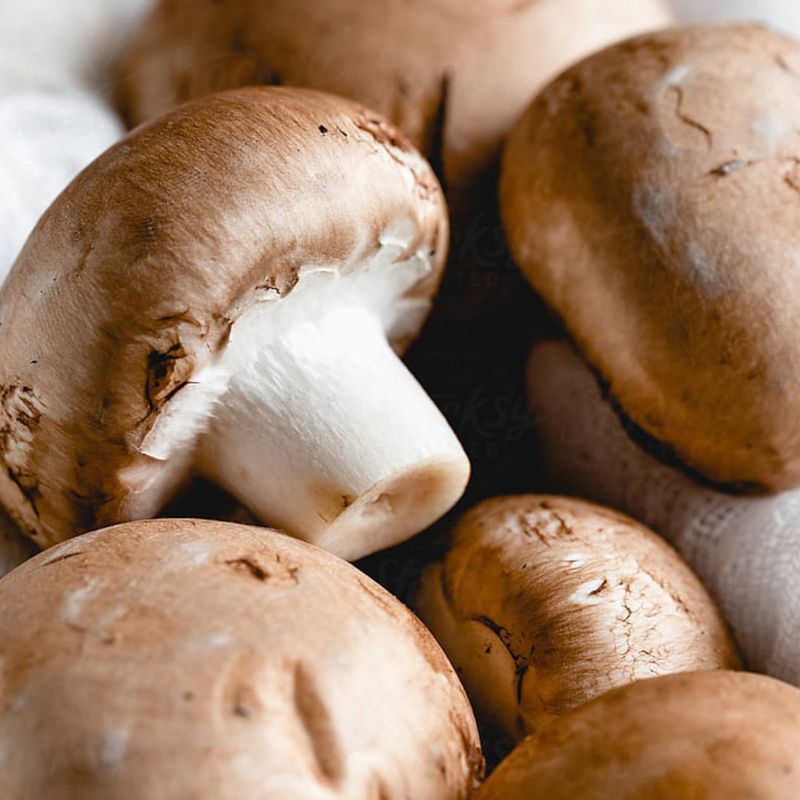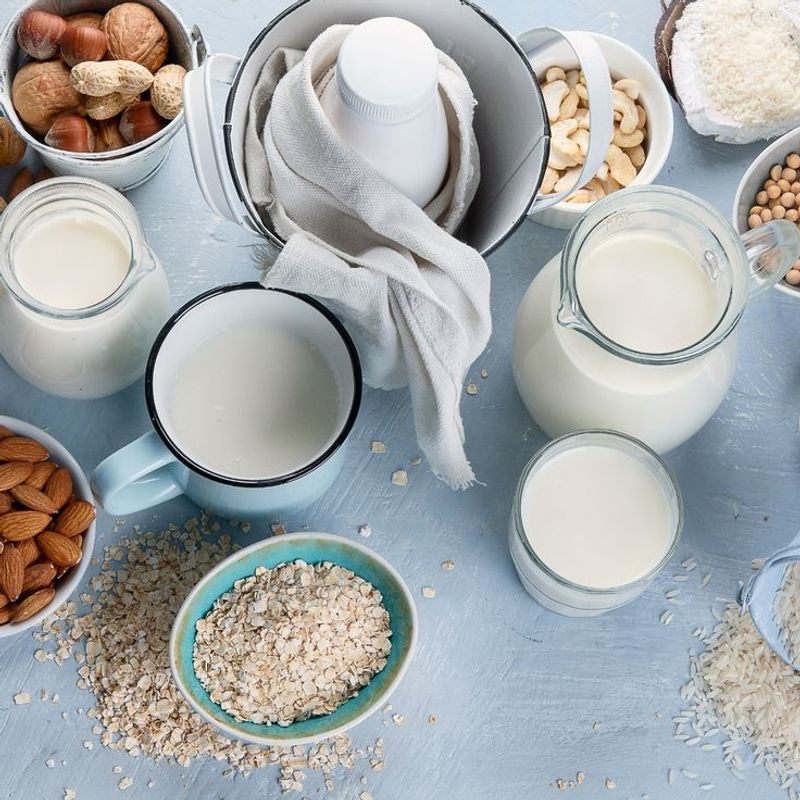We’ve all been there—opening the fridge, ready to whip up something delicious, only to find that yesterday’s fresh food has transformed into today’s sad science experiment.
It’s frustrating, it’s confusing, and let’s be honest… it’s kind of gross. The thing is, some foods have a secret: they’re far more perishable than they let on. Even when they’re tucked safely inside your fridge, away from heat and light, these sneaky little items are quietly plotting their expiration.
From the avocado that ghosted you overnight to that innocent-looking tub of tuna salad that’s now a bacterial playground, this list is your go-to guide for fridge reality checks. These foods may look fine—but time is not on your side.
1. Avocados

They’re the high-maintenance friend of the produce aisle—totally worth it, but only if you catch them at the exact right moment. One day they’re hard as a rock, the next they’re basically guacamole in the skin. And once you stick a ripe avocado in the fridge? The clock is ticking fast—like two to three days fast.
Brown spots, mushy textures, and that weird off smell are all signs your avocado is waving the white flag.
And don’t even think about cutting it and storing the other half without lemon juice or an airtight seal—it’ll oxidize and go sad real quick. Timing is everything with this green diva.
2. Berries (Strawberries, Raspberries, Blueberries)

Nothing ruins a morning smoothie like discovering a layer of fuzzy mold on your berry stash. These colorful gems are delicate drama queens, and even a cozy spot in the fridge doesn’t save them for long—2 to 3 days is usually the max for raspberries and strawberries.
All it takes is one rogue, moldy berry to turn the entire container into a fruit crime scene.
Your best bet? Transfer them to a breathable container, line it with paper towels, and don’t wash until you’re ready to eat. Even then, you’re in a race against nature.
3. Leafy Greens (Spinach, Arugula, Lettuce)

That vibrant green pile of spinach you swore you’d turn into a salad? Yeah, it’s now a soggy mess at the back of your fridge. Leafy greens go from fresh to funky faster than you can say “meal prep.”
Even sealed in plastic containers, they start wilting and sliming within 3 to 5 days, especially if moisture builds up.
It’s like they go on a self-destruct mission as soon as they sense neglect.
The trick? Store them with a dry paper towel, and keep your fridge drama-free by checking often. Your future self—and your nose—will thank you.
4. Cooked Rice

Seems harmless, right? Just a bowl of plain rice sitting quietly in the fridge. But cooked rice is sneaky.
It’s one of those foods that can develop bacteria (like Bacillus cereus) even when refrigerated—and that stuff doesn’t play.
After about 3 to 4 days, your innocent leftovers could become a health hazard.
And the symptoms? Let’s just say they’ll have you questioning your entire dinner strategy.
If you’re not eating it within a few days, your safest move is to freeze it. Reheat thoroughly and never leave it out too long unless you’re also into foodborne roulette.
5. Mushrooms

At first, they seem so solid and earthy—almost like they’ll last forever. But mushrooms are fragile little sponges that don’t appreciate lingering moisture.
Sliced or whole, once they start getting slimy or spotty, it’s game over.
Even in the fridge, they’ll only give you 3 to 5 good days before they start going all gooey and gross.
And once that funk kicks in, your whole fridge starts to smell like a forest floor in a bad way.
Keep them in a paper bag, not plastic, to help absorb extra moisture. And don’t wash them until you’re ready to cook. They’ll last longer—and taste way better.
6. Deli Meats

You’d think those neat little slices would hang out in your fridge for a while, right? Think again. Deli meats, especially the freshly sliced kind from the counter, have a short shelf life of about 3 to 5 days once opened.
Even if the “best by” date gives you hope, air exposure and moisture can speed up the decline.
Once that sheen turns rainbow-ish or the smell gets just a little weird, it’s time to say goodbye.
Want to keep them fresher longer? Store tightly wrapped in a paper towel and seal in an airtight bag. Or eat more sandwiches (no judgment).
7. Soft Cheeses (Brie, Ricotta, Goat Cheese)

Creamy, dreamy, and sadly, not long for this world. Soft cheeses come with a ticking expiration clock thanks to their high moisture content.
Once opened, they last about a week—sometimes less—before mold, weird smells, or an off taste creeps in.
Unlike hard cheeses you can just slice the mold off, soft cheeses don’t give you that luxury.
One spot of blue fuzz, and it’s time to toss the whole thing.
To extend the life of your Brie or ricotta, store it tightly sealed and avoid double-dipping.
Cheese deserves respect, after all.
8. Fresh Herbs

Buying a whole bunch of cilantro for a single taco night is a tale as old as time.
And what happens to the rest? It ends up wilted, slimy, and unrecognizable in a corner of your fridge.
Fresh herbs like basil, parsley, and dill don’t stick around for long—3 to 4 days if you’re lucky, especially if they’re damp or just shoved into a produce drawer.
Pro tip? Trim the ends and place them in a jar with a little water like a bouquet.
Cover loosely with a bag, and you’ll at least get a few more days before the botanical heartbreak.
9. Milk Alternatives (Almond, Oat, Soy Milk)

You’d think shelf-stable starts before opening means shelf-stable after, but nope—once you pop the top, these trendy milk alternatives start aging fast.
Even refrigerated, most need to be consumed within 7 to 10 days.
The sad part is that most cartons don’t go bad in obvious ways.
They smell slightly off, or the texture changes subtly—and suddenly your coffee tastes like betrayal.
Always mark the open date, and don’t trust the sniff test alone. When in doubt, throw it out. Your oat milk latte deserves better.
10. Egg Salad or Tuna Salad

That creamy, protein-packed lunch you made on Sunday? It shouldn’t still be hanging out in your fridge on Thursday.
Egg salad, tuna salad, and anything mayo-heavy are bacterial playgrounds waiting to happen.
Even when stored properly, you’ve got 3 to 4 days tops before it becomes risky business.
By day five, it’s not just “a little funky,” it’s potentially a full-blown food safety hazard.
So if you’re batch-prepping, portion smaller servings and plan to actually eat them soon.
Otherwise, you’ll be tossing more than leftovers—you’ll be tossing your appetite, too.
Leave a comment